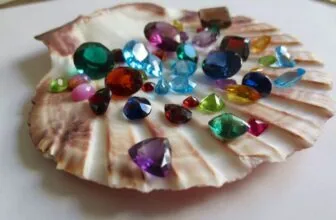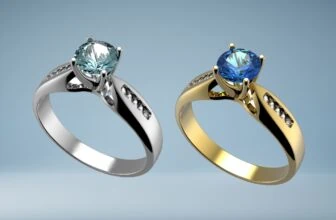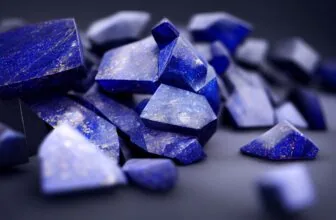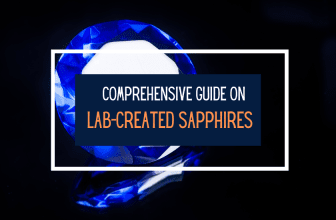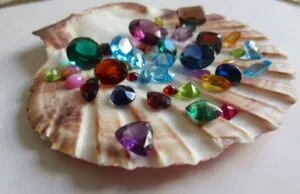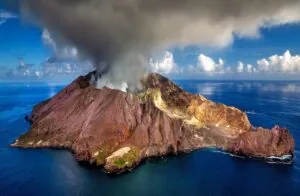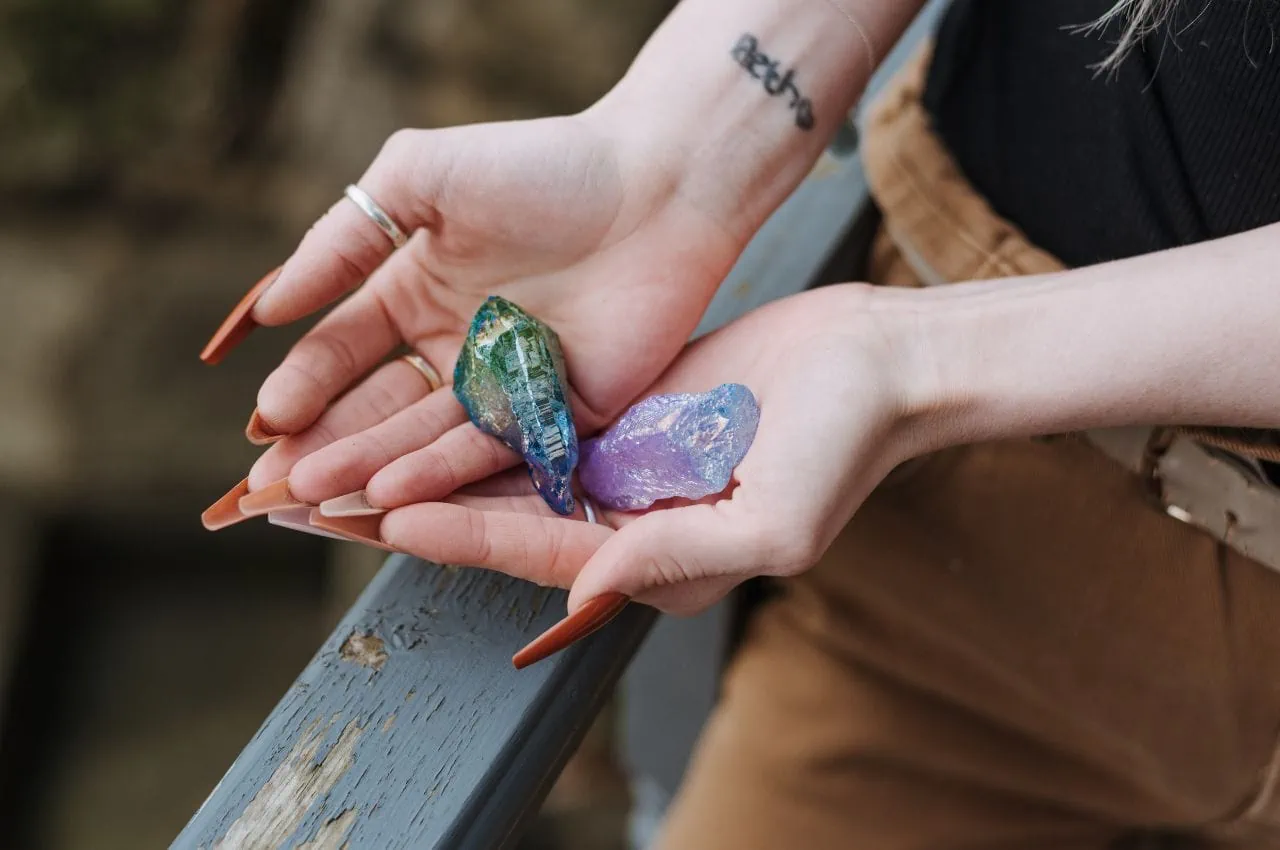
Table of Contents
There are many varieties of opals, but two that are among the most well-known are Ethiopian and Australian opals. At first glance, there may appear to be little difference between these two, but you’ll find they’re actually very different from each other.
Knowing the difference in properties between Ethiopian and Australian opals will help you to find the right gemstone for you. Let’s take a look.
Ethiopian Opal vs. Australian Opal: Origin
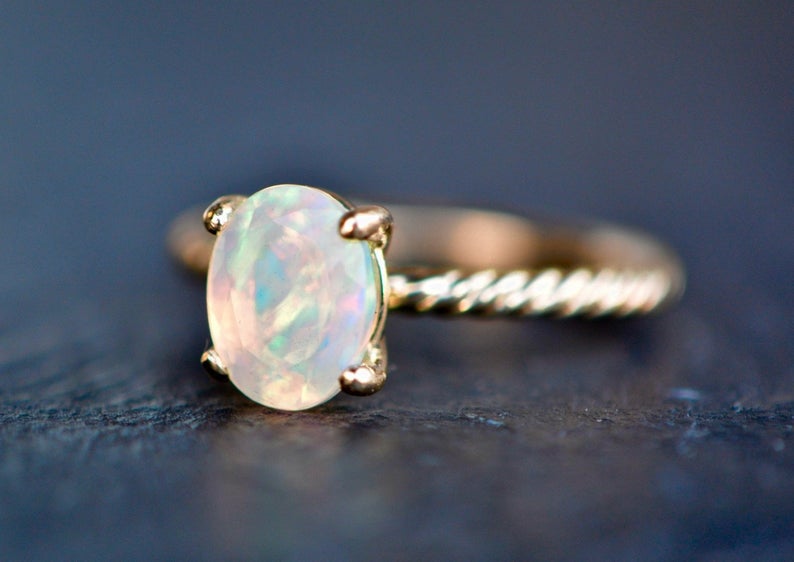
Most Ethiopian opals used in jewelry today come from the Wollo Province in Ethiopia, a deposit discovered in 2008. These pearls are known as welo (or wollo) pearls and are the most popular Ethiopian pearl variety. Before this discovery, Ethiopian pearls from the Shewa Province were the most commonly found. These are known as Shewa or Mezezo opals. Compared to Australian opals, Ethiopian opals are relatively new and unknown.
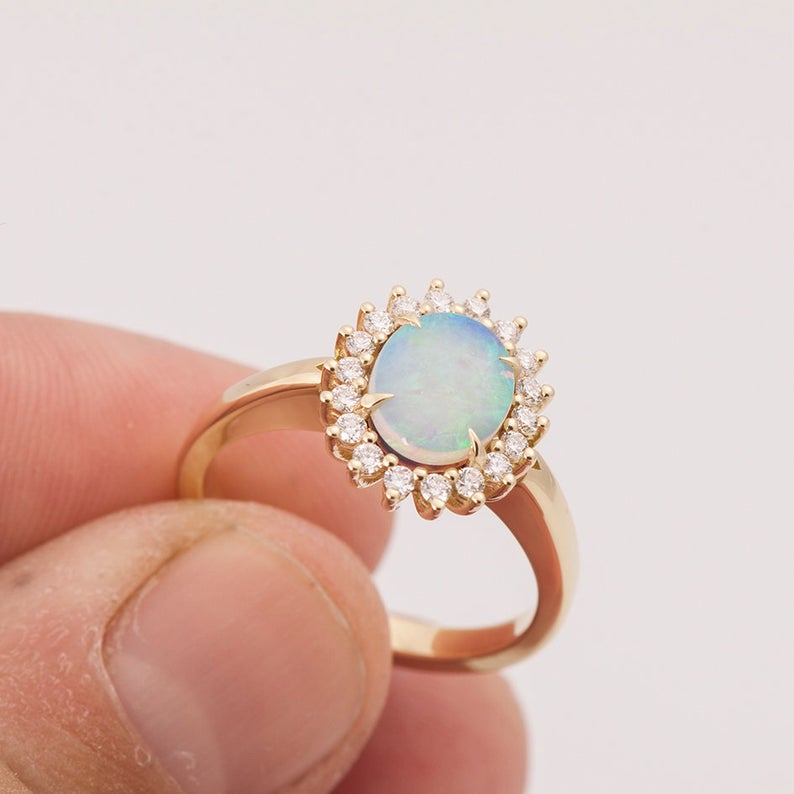
Australian opals, on the other hand, have been used in jewelry for much longer and are the most well-known. It’s estimated that over 95% of the world’s global opal supply comes from Australia, with the small town of Coober Pedy being where most Australian opals come from. In 1956, the largest gem-quality opal was found in Coober Pedy.
While the opals from both Australia and Ethiopia can look similar, there are certain varieties that are native to these countries (more on this below).
Ethiopian Opal vs. Australian Opal: Characteristics
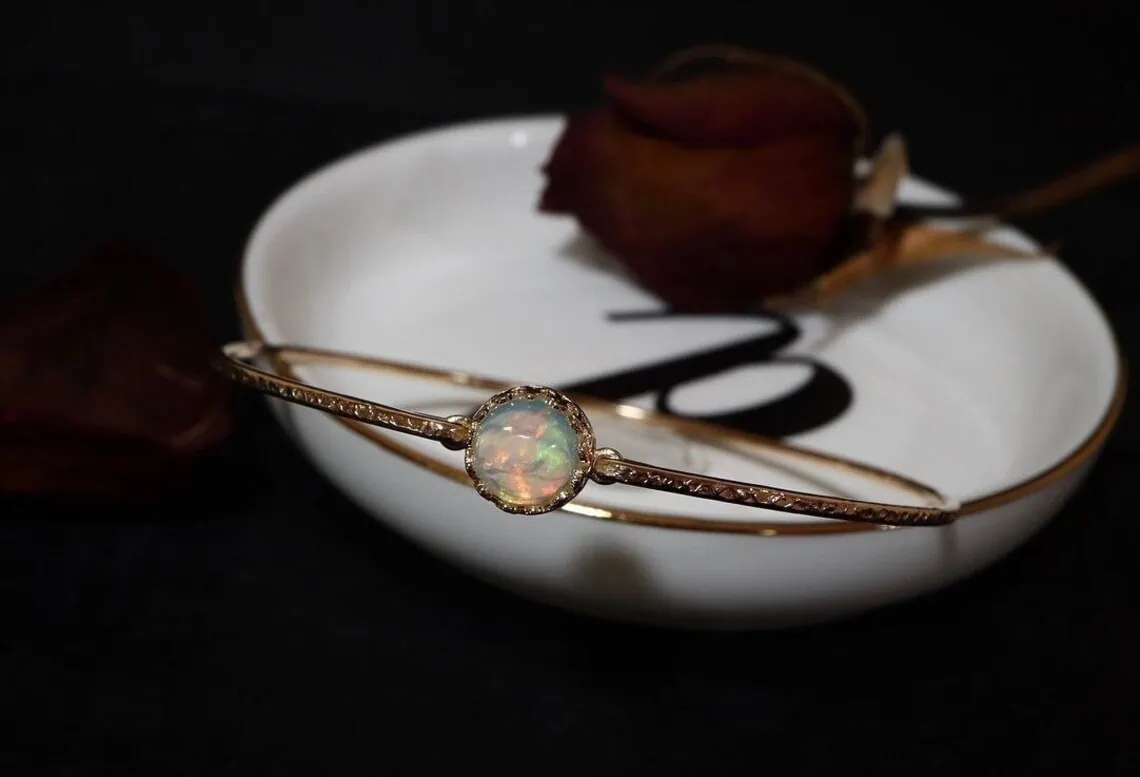
Ethiopian pearls are among the most unique and diverse, with a wide range of varieties to choose from. Here’s what you need to know about them:
- Ethiopian opals are highly diverse, with a wide variety of patterns, shapes and colors.
- Most opals from Ethiopia, especially the welo opals, are hydrophane opals. Hydrophane refers to an opal that is porous and can absorb water. How does water absorption affect an opals appearance? It changes the color and transparency of the stone which makes these opals quite unstable.
- Ethiopian opals can have issues of durability because of the hydrophane property of the stones. Cracking and crazing can occur when the stone absorbs water, lowering its durability.
- A hydrophane Ethiopian opal can lose the water it has gained if allowed to dry. This can take a few weeks, but once the water is lost, the opal will regain its original color and transparency.
- Avoid immersing a hydrophane opal in water. Contrary to popular belief, the opal won’t gain water immediately like a sponge, but can take several hours.
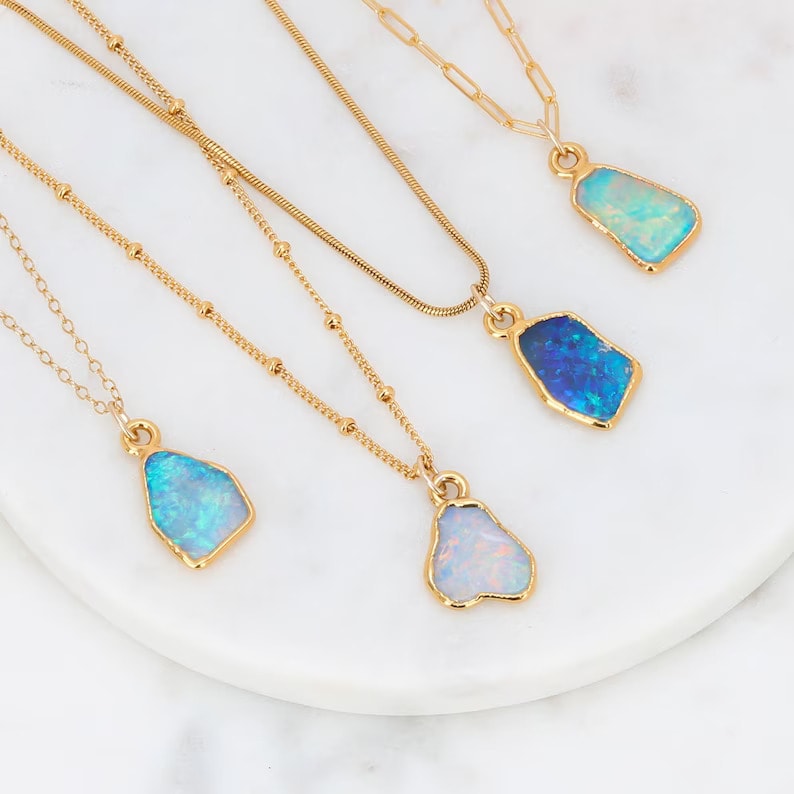
Australian opals also come in a large variety, although the two unique to the country are Precious Black Opal and Precious Ironstone Boulder Opal. Here are the characteristics of Australian opals:
- Australian opals are typically non-hydrophane, therefore non-porous and cannot soak up any water or other liquids. However, because they already contain about 5 to 6 percent of water, these stones don’t absorb water and therefore don’t get damaged by water.
- Australian opals are typically mined from deeper under the ground than Ethiopian opals.
- Because Australia has the largest opal supply and a longer tradition of opal mining than Ethiopian pearls, Australian pearls are generally considered more valuable and ‘better’ than Ethiopian pearls. This isn’t necessarily true though.
Ethiopian Opal vs. Australian Opal: Durability
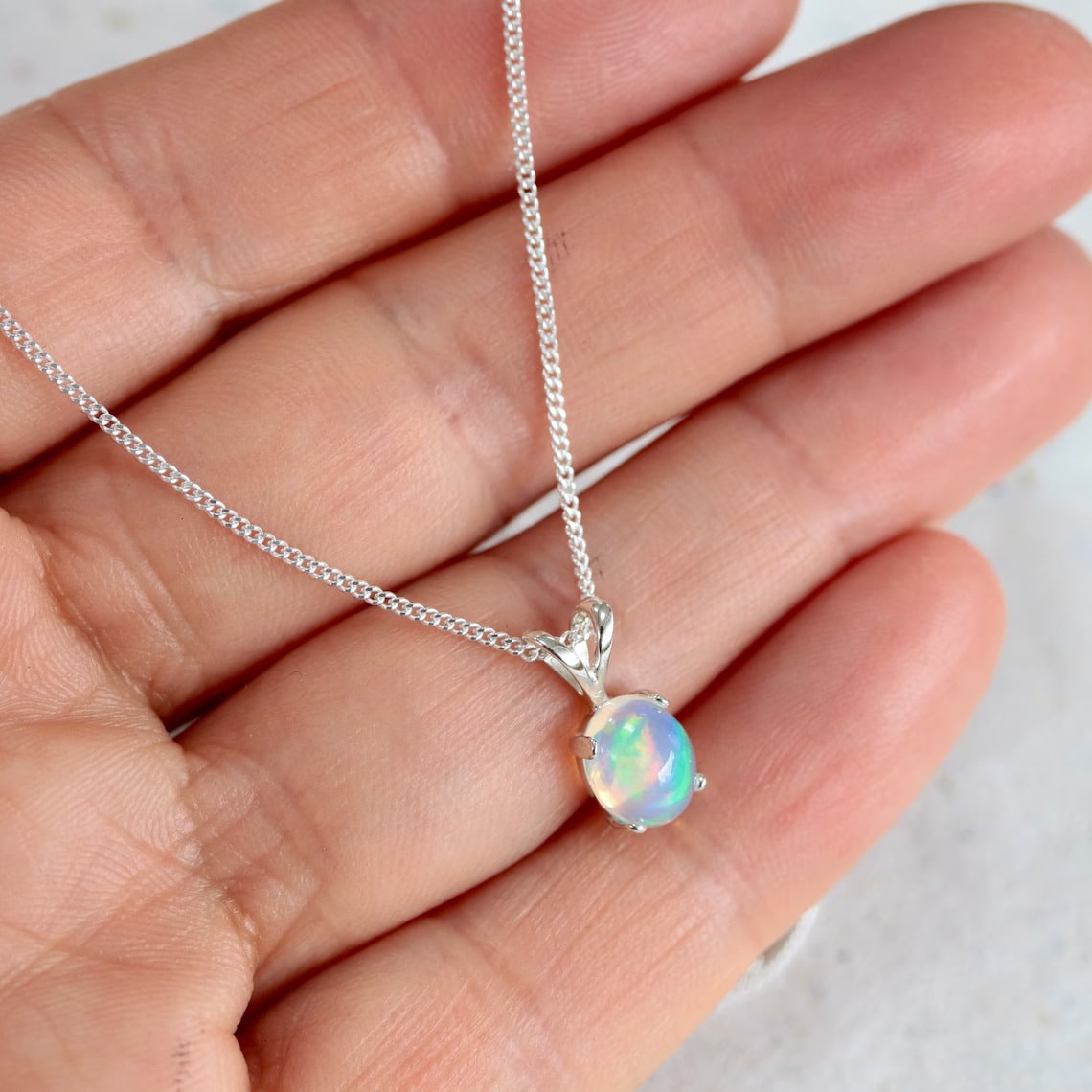
From the discussion above, it’s clear that Ethiopian opals are more fragile than Australian opals and require reasonable care to ensure that they last longer. They shouldn’t be subject to immersion in liquids, which can lead to permanent damage, discoloration, fading and cracking.
Sometimes Ethiopian opals can turn yellow or brown and lose their fire. This would probably happen because the stone has been allowed to absorb water, which temporarily affects its color and fire. Once the stone is dewatered, it should return to its normal state.
Having said that, opals in general are rather fragile stones, ranking at only 5.5 to 6.5 on the Mohs scale. They need to be given more care than harder, more durable gemstones like diamonds or sapphires.
It’s always a good idea to take off any opal jewelry when swimming, working out, doing outdoor activities or working with household detergents. Never clean an opal in an ultrasonic cleaner because this can cause the stone to fracture especially if it has crazing. The best way to clean an opal is with a mild liquid soap and a soft cloth or brush.
Ethiopian Opal vs. Australian Opal: Market Value
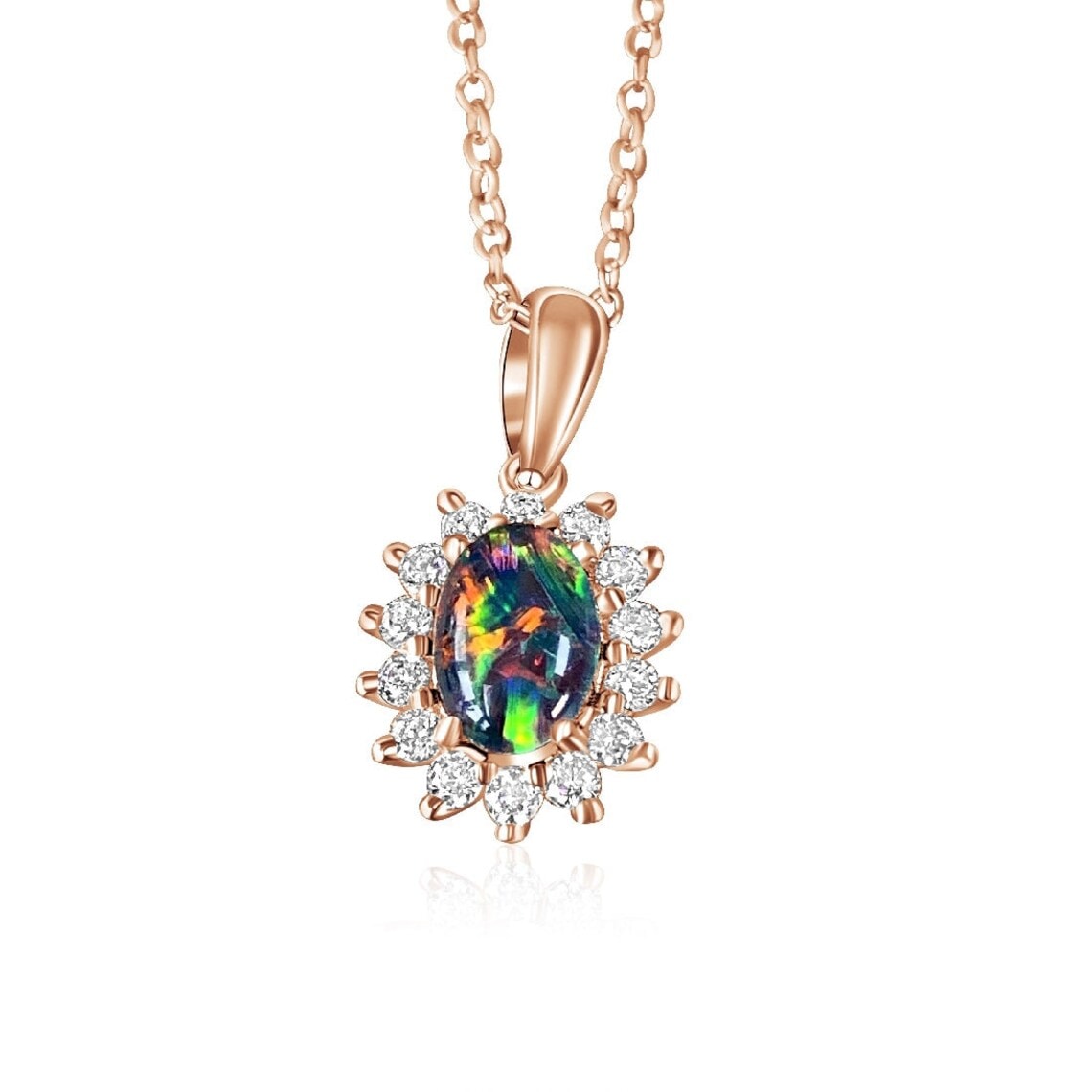
Although opals from these two countries can be similar, Australian opals tend to be valued more. This is partly because Australian opals are more well-known, and the country has a longer history of opal mining. This makes Ethiopian opals an excellent option for budget shoppers, who want to save on their opal purchase without compromising on quality.
However, as Ethiopian opals become more popular and gain more visibility, they may pose a serious challenge to Australia, which has been the dominant player in the opal market for over a century.
Apart from the price, it’s safe to say that both Ethiopian and Australian opals are equally gorgeous, with each opal different from the next. Depending on the variety and the quality, both have excellent play of color and make for stunning jewelry.
Where to Buy Ethiopian and Australian Opals
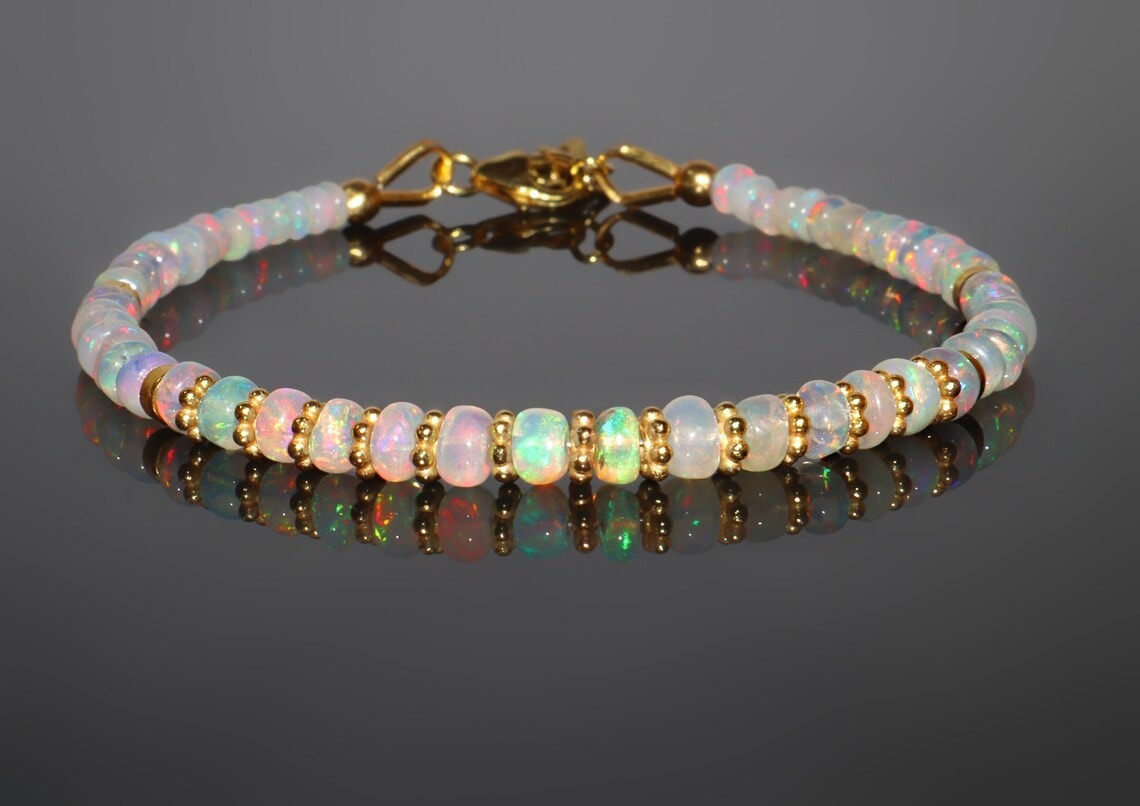
If you’re looking to buy Ethiopian and Australian opals online, there are several reputable stores that you can check out. It’s essential to choose a trustworthy platform, especially for such unique and varied gemstones.
1. James Allen
A premier online retailer known for its high-quality diamonds and gemstones, James Allen provides a selection of both Ethiopian and Australian opals. With their user-friendly interface, customers can view a 360-degree image of many gemstones, ensuring that they know exactly what they’re purchasing. Check them here.
2. Blue Nile
Another leader in the online jewelry space, Blue Nile offers a curated selection of opal jewelry. They offer both Ethiopian and Australian opals set in a variety of jewelry styles. Browse Blue Nile here.
3. Angara
Specializing in gemstone jewelry, Angara boasts a vast range of opal pieces. Whether you’re looking for rings, pendants, or earrings, you’ll find both Ethiopian and Australian opals in their collection. Check out Angara here.
4. Brilliant Earth
Known for its ethical and sustainable jewelry practices, Brilliant Earth offers opal jewelry that includes both varieties. Their transparent sourcing and commitment to the environment make them a preferred choice for eco-conscious consumers. Check them out here.
5. Etsy
This online marketplace is a haven for artisanal and vintage pieces. Here, individual craftsmen and collectors from around the world offer their unique opal creations. Whether you’re searching for handcrafted Ethiopian opal jewelry or vintage Australian opal pieces, Etsy is a goldmine. Browse Etsy here.
6. Amazon
The global retail giant also offers a selection of Ethiopian and Australian opals. Due to the vast number of sellers on the platform, you can find various types of opal jewelry pieces. However, it’s crucial to read reviews and possibly consult with sellers to ensure the authenticity and quality of the opal. Check it out here.
Which Should I Choose?
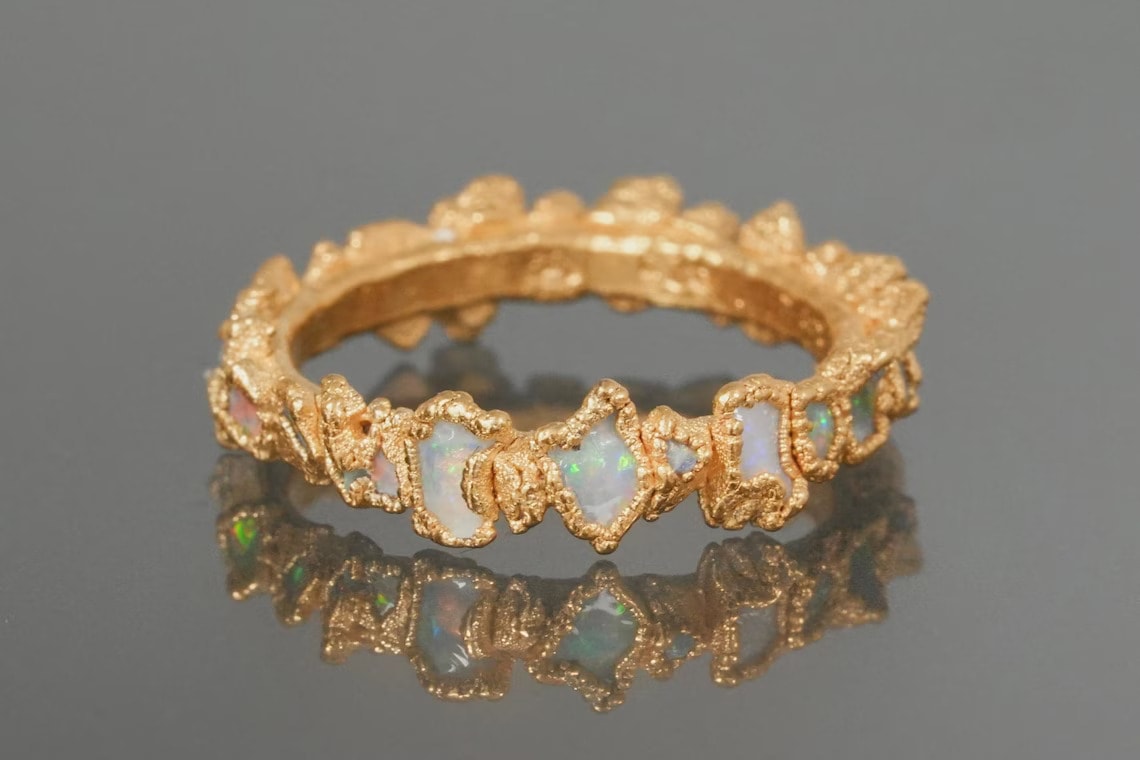
Choosing between Ethiopian and Australian opals ultimately depends on your personal preferences, intended use, budget, and values regarding gemstone characteristics. Australian opals, especially the black variety from Lightning Ridge, have been renowned for decades for their brilliant play-of-color and have historically been considered the industry standard. They often command higher prices due to their established reputation and are typically perceived as more durable and stable compared to their Ethiopian counterparts.
On the other hand, Ethiopian opals, newer to the market, are celebrated for their broad and vibrant play-of-color, often showcasing patterns that can resemble galaxies or fireworks. They can sometimes be more affordable than high-quality Australian opals. However, be mindful of their hydrophane nature, as we mentioned earlier, meaning they can absorb water, which might make them more susceptible to environmental changes.
If you’re looking for a piece with a long-standing reputation and potentially higher resale value, an Australian opal might be the choice for you. However, if you’re drawn to the unique appearance and affordability of Ethiopian opals and are prepared to provide the necessary care, they could be an excellent pick. Ultimately, both types of opals can be mesmerizing, and you should decide on your ideal piece depending on what resonates most with your aesthetic and practical considerations.
Wrapping Up
In the luminous world of opals, both Ethiopian and Australian varieties shine with distinct allure. While Australian opals carry a legacy of timeless beauty and durability, Ethiopian opals captivate with their ethereal play-of-color and affordability. Whichever you lean towards, remember that in the realm of opals, every gem tells a story, waiting to be adorned and adored.


